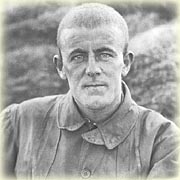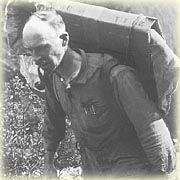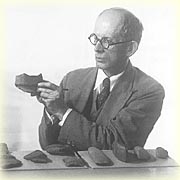
|


|


|

|

|
|
Preface
The purpose of this study is to provide a
wide readership with information on the history of the Native peoples
prior to the dislocating incursions of Europeans into the territory now
known as Canada.
Unlike most history books that are drawn from written documentary
evidence, the study is based upon archaeological evidence as there are
no pre-European written records. It is a history built upon the minute
fragments of evidence that have survived normal decay and other natural
processes. It is, thus, a woefully incomplete history reliant upon such
remains as broken stone tools, discarded food bones, and the vague
traces of dwellings. The great innovators, healers, warriors, and leaders
in this history are all unknown, as are the majority of the significant
events which would have been of vital importance to the people at the
time.
This admittedly inadequate archaeological history is, however, the only
history that exists for the more than 12,000 years that the ancestors
of the Native peoples occupied Canada prior to its colonization by
Europeans. Even given the severe limitations of the archaeological
record, evidence of human cultural ingenuity, perseverance, commerce,
and religion still manages to express itself despite the passage of
thousands of years. It is this human experience which this study
attempts to outline.
|

|
Dr. Diamond Jenness when he was a member of
the Canadian Arctic Expedition (1913-1916)

|
|
Noted for his ethnological and applied anthropological work, Dr.
Jenness also made significant contributions to archaeology. For
example, he was the first to recognize Palaeo-Eskimo culture
from Arctic collections in the National Museum of Canada. His
book "Indians of Canada", first published in 1932, is still a
basic source of information on the Native people of Canada. Dr.
Jenness received many honours during his lifetime including
having a major peninsula on the west coast of Victoria Island
in the Northwest Territories named in his honour by the Canadian
Permanent Committee on Geographical Names.
|

|
Dr. Harlan I. Smith carrying plaster of Paris
casts of petroglyphs, probably in the Bella Coola region of British
Columbia, 1922

|
|
Dr. Smith worked mainly in British Columbia. In addition to
archaeological research, he was involved in programmes to preserve
totem poles and to encourage the use of West Coast Native motifs in
commercial design.
|

|
Mr. William J. Wintemberg examining Roebuck
site pottery, 1932

|
|
Self-trained, Mr. Wintemberg's research was largely carried out
in eastern Canada. He is best known for his detailed archaeological
reports on a number of Ontario Iroquoian village sites. These reports
are still major reference sources many years after their publication.
|
The highest honour the Canadian Archaeological
Association can bestow in recognition of contributions to Canadian archaeology
is called the SMITH-WINTEMBERG AWARD. All three researchers spent most of
their professional careers employed by the National Museum of Canada, now
the Canadian Museum of Civilization.
(Canadian Museum of Civilization negative numbers 51236, 55792, and 76087, respectively).
|
|
|
|
|